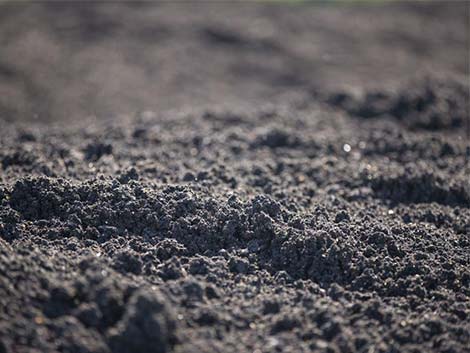In the realm of sustainable agriculture and environmental stewardship, an ancient yet innovative soil amendment has been garnering attention for its potential to revolutionize our approach to farming and carbon sequestration. This remarkable substance, known as biochar, is much more than just a black, charcoal-like material. Its profound benefits extend far beyond its enigmatic appearance, offering a plethora of advantages in agriculture, carbon management, and environmental conservation.
The Enigmatic Origins of Biochar
Biochar is not a novel discovery. It has deep-rooted historical significance, with its origins tracing back thousands of years to indigenous farming practices in the Amazon Basin. These ancient communities used a process called “slash-and-char” to create biochar by burning agricultural waste materials like crop residues and wood in a low-oxygen environment, that is biochar machine. The resulting carbon-rich material was then incorporated into the soil to enhance its fertility.
Fast-forward to the 21st century, and we find ourselves rediscovering the wisdom of these early civilizations. Today, biochar production is a highly controlled and specialized process, optimized for both agricultural and environmental benefits.

The Biochar Production Process
At its core, the creation of biochar involves heating organic biomass in a process called pyrolysis. Pyrolysis is carried out in the absence of oxygen, preventing the complete combustion of the biomass. The result is a charcoal-like substance with a highly porous structure, known as biochar.
This biochar is distinct from traditional charcoal, as it is designed specifically for soil enhancement and carbon sequestration. Its porous nature provides an ideal habitat for beneficial microorganisms and offers superior water and nutrient retention properties. More information on charcoal making machine.
Biochar as a Soil Enhancer
The use of biochar as a soil amendment can significantly improve soil quality and agricultural productivity. When biochar is mixed with soil, it serves as a stable carbon source, enhancing soil structure and providing a habitat for beneficial soil microbes. These microbes, in turn, promote nutrient availability and increase plant growth.
Biochar also aids in water retention, reducing the need for irrigation and improving drought resistance in crops. The enhanced soil structure allows for better root penetration and aeration, resulting in increased plant vitality and productivity.
Carbon Sequestration and Climate Change Mitigation
One of the most compelling attributes of biochar is its capacity to sequester carbon and mitigate climate change. When biochar is incorporated into the soil, it locks carbon in a stable form for hundreds to thousands of years. This process helps to reduce atmospheric carbon dioxide levels, a key contributor to global warming.
Additionally, the production of biochar from organic waste materials with biochar production equipment can divert carbon from being released into the atmosphere during decomposition or burning. This carbon-negative cycle has the potential to be a valuable tool in mitigating climate change.
Remediation of Contaminated Soils
Biochar has also demonstrated its utility in soil remediation efforts. Its porous structure can adsorb heavy metals and organic pollutants from contaminated soils, effectively reducing their presence and toxicity. This makes biochar a promising solution for cleaning up polluted sites and restoring them to productive, safe conditions.
Economic and Environmental Sustainability
Beyond its agricultural and environmental benefits, biochar has the potential to create a sustainable economic ecosystem. It can be produced from various feedstocks, including agricultural residues, forestry waste, and even municipal organic waste. The resulting biochar products can be used in agriculture, horticulture, and environmental applications, offering a range of revenue streams and employment opportunities.

Challenges and Considerations
While the potential of biochar is undeniably promising, there are challenges to consider. The efficiency and scalability of biochar production, as well as its long-term effects on soil health and carbon sequestration, are subjects of ongoing research and debate. Furthermore, the sustainable sourcing of feedstocks and responsible production practices are critical to ensure that biochar truly contributes to a more sustainable future.
Conclusion
Biochar, often referred to as “black gold,” is emerging as a versatile and multifaceted solution to some of our most pressing environmental and agricultural challenges. Its ability to enhance soil quality, sequester carbon, remediate contaminated soils, and foster economic sustainability holds immense promise. As we continue to unlock the potential of this ancient innovation, we stand at the cusp of a greener, more sustainable future, where the enigmatic black substance known as biochar plays a pivotal role in shaping our relationship with the environment and agriculture. Check the wood charcoal making machine here.